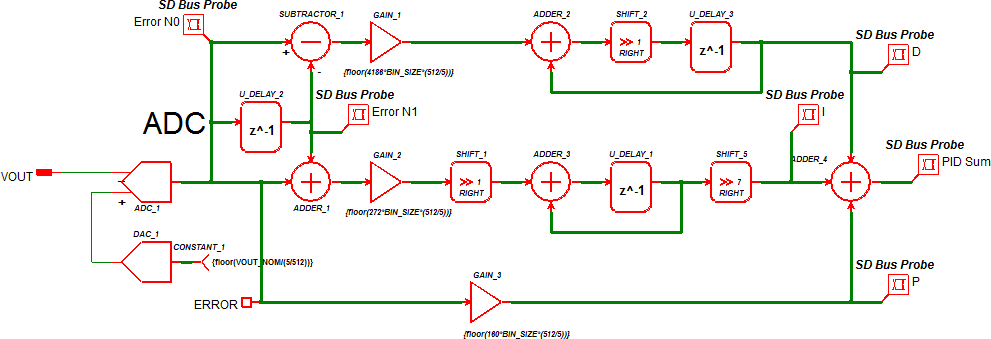With the EASY System Designer you will get a new experience for the planning of Automation System Solutions for individual machines. Before upgrading Designer versions, it’s recommended to export project files to back them up. Upgrading directly from old versions such as Designer 3.0 or 3.1 to version 4.4 is not supported, nor is importing project files from 3.0 or 3.1 directly into 4.4; it’s recommended to upgrade to 3.2 first, then to 4.4 to maintain all projects.
Many people want to use Qt Designer without having to download gigabytes of other software. Here are small, standalone installers of Qt Designer for Windows and Mac:
If you encounter any problems, please just send us an email. We'd be happy to help.
What is Qt Designer?

System Designer Wage
Qt Designer is a tool for quickly building graphical user interfaces with widgets from the Qt GUI framework. It gives you a simple drag-and-drop interface for laying out components such as buttons, text fields, combo boxes and more. Here is a screenshot of Qt Designer on Windows:
Qt Designer produces .ui files. This is a special XML-based format that stores your widgets as a tree. You can either load these files at runtime, or have them translated to a programming language such as C++ or Python.
Qt Designer vs. Qt Creator
Qt Designer normally ships as a part of Qt Creator. This is Qt's official editor and lets you do a lot more than just graphically design user interfaces. It is a full-fledged and very powerful C++ IDE. This power comes at a price however: The download for Qt Creator is gigabytes in size!
This page was created for people who only need Qt Designer. The download links here contain minimal, self-contained installers of just Qt Designer that are orders of magnitude smaller. Here they are again:

Qt Designer and Python
Many people like to use Qt Designer together with Python because it is a dynamic language that lends itself well to rapid prototyping.
The easiest way to combine Qt Designer and Python is via the PyQt binding. To install PyQt, simply enter the following on the command line:
(This assumes you have Python 3 installed.)
Suppose you have saved your file from Qt Designer as dialog.ui. Then you can create another file, say main.py, with the following contents:
When you then invoke python main.py on the command line, your dialog should open:

If you want to learn more about combining Qt with Python, you may be interested in my book:
System Designer Arcgis
It distills years of experience to quickly help you create better GUI applications. I'm humbled to say that even Phil Thompson, the creator of PyQt, read it and thinks it's 'very good'.
System Designer Johnson Controls
Michael has been working with Qt and Python since 2016, when he started fman, a cross-platform file manager. Frustrated with the difficulties of creating a desktop app, Michael open sourced fman's build system (fbs). It saves you months when creating Python Qt GUIs. Recently, Michael also wrote a popular book about these two technologies.
